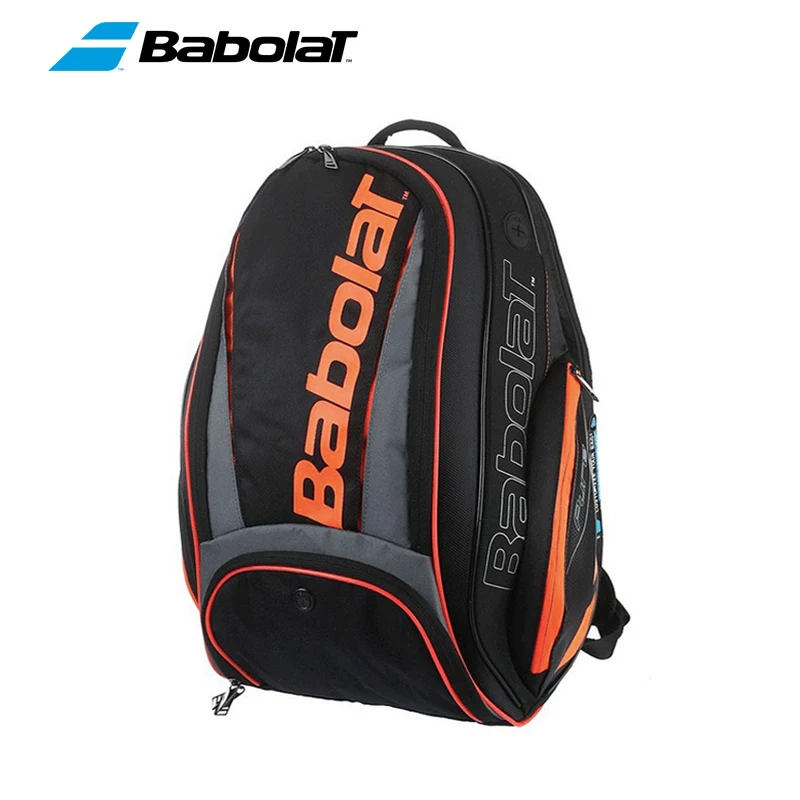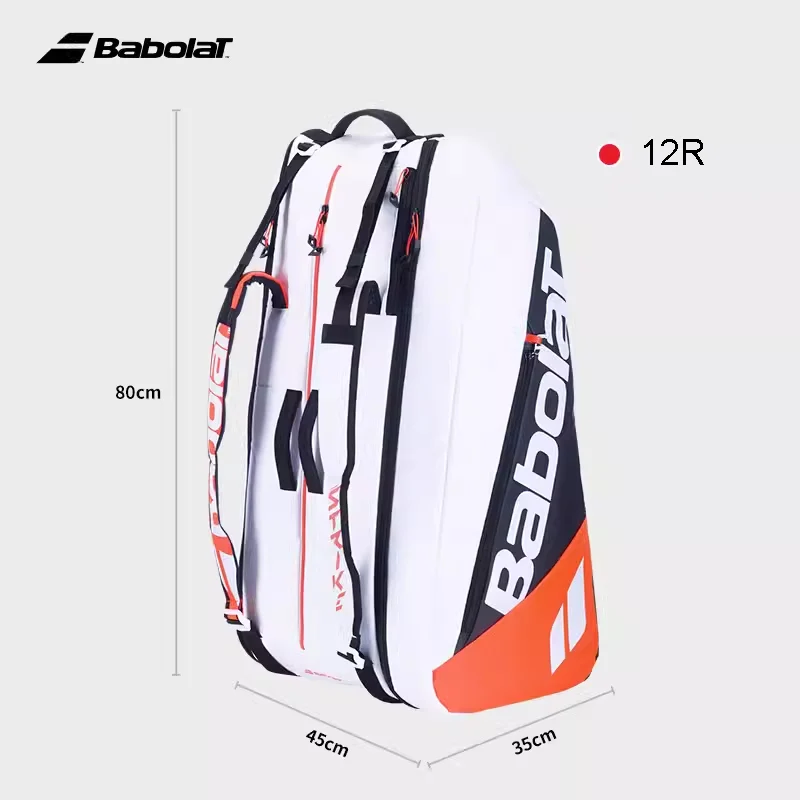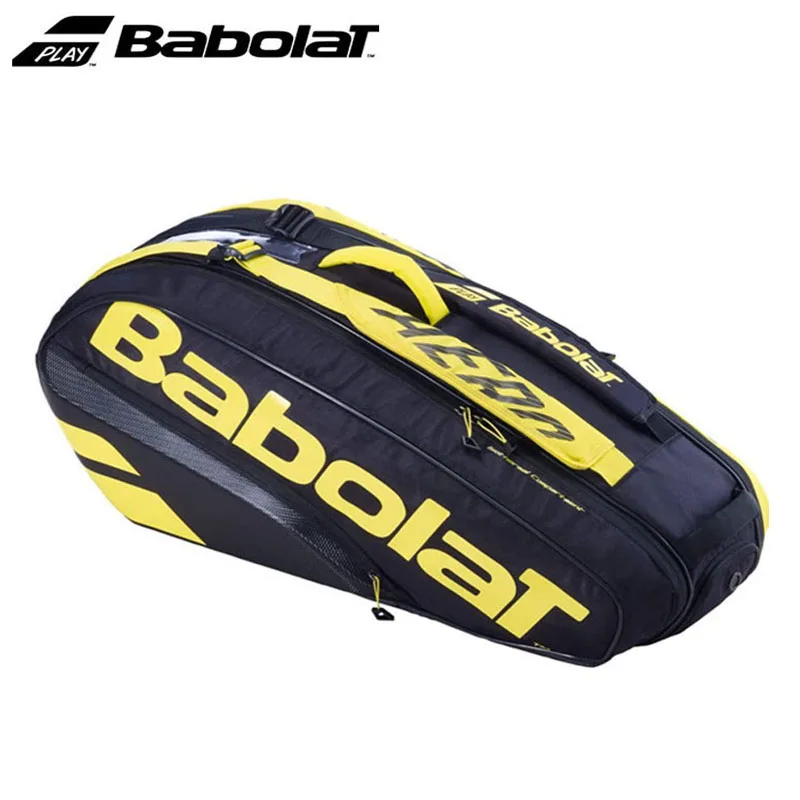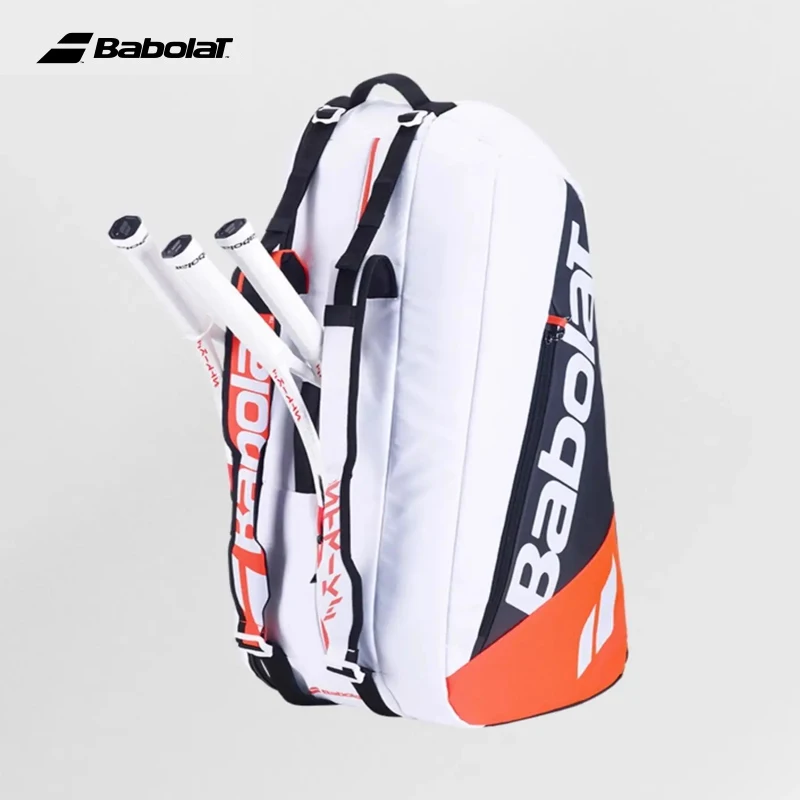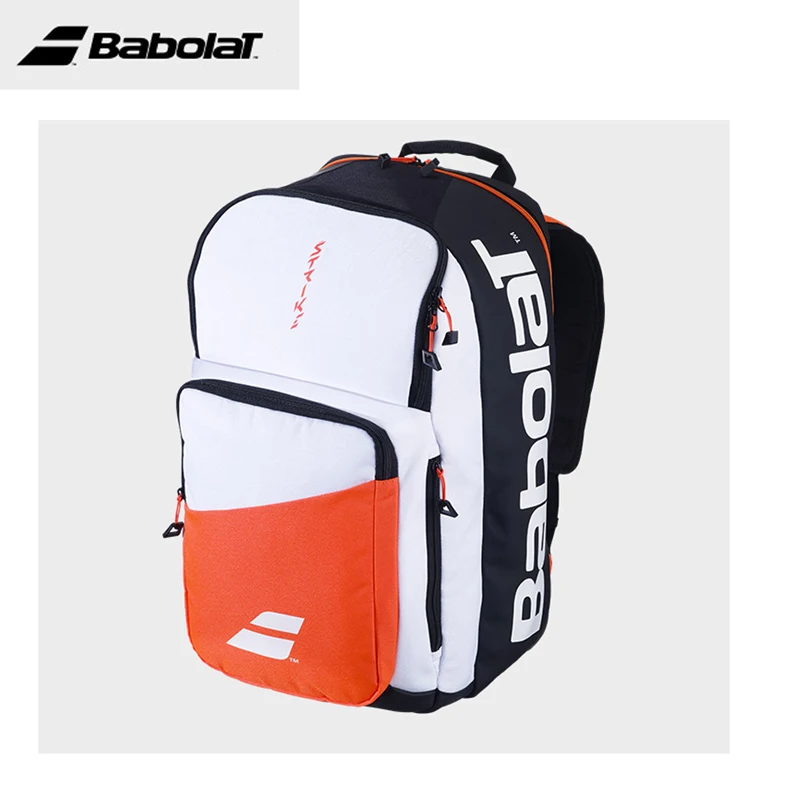Which is the Best Yoga Mat and Why?
When choosing a yoga mat, there are several important factors to consider:
Material: - PVC: Durable and inexpensive, but less eco-friendly. - TPE: Environmentally friendly, moisture-resistant, and provides good cushioning. - Natural rubber: Highly durable, slip-resistant, and offers excellent support.
Thickness: - 3-4mm: Thin mats for travel and outdoor practice. - 5-6mm: Moderate thickness for most yoga styles. - 8mm+: Thick mats for restorative or supportive practice.
Texture: - Smooth: Ideal for dynamic yoga styles like Vinyasa. - Textured: Provides enhanced grip for poses like Downward-Facing Dog.
Size: - 24" x 68": Standard mat size for average height. - Wider and longer mats are available for taller yogis or added space.
Other Features: - Anti-slip surface: Ensures stability during practice. - Alignment lines: Helps with proper body alignment. - Carrying strap: For easy transportation.
Recommended Yoga Mats:
- Manduka PRO Yoga Mat
- Lululemon The Reversible Mat 5mm
- Gaiam Premium Yoga Mat
- Jade Yoga Harmony Mat
- Corkcicle Yoga Mat
FAQ:
- What material is best for yoga? Natural rubber is considered the best material for its durability, support, and eco-friendliness.
- What thickness is right for me? For most yoga styles, a mat with a thickness of 5-6mm is recommended.
- Is a smooth or textured mat better? Smooth mats are best for dynamic yoga, while textured mats provide better grip for static poses.
- What size should I get? For average height, a 24" x 68" mat is suitable. Taller yogis or those who prefer more space should consider a wider or longer mat.
- What are some other important features? Anti-slip surface, alignment lines, and carrying straps enhance the practice experience.
Pre:Is it possible to use a rug as a yoga mat
Next:Is it OK to do the same yoga routine every day





